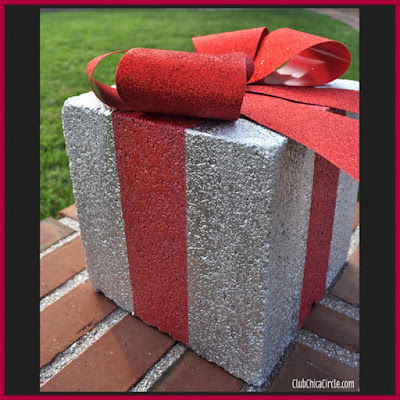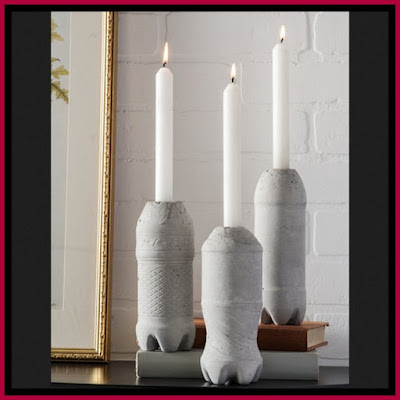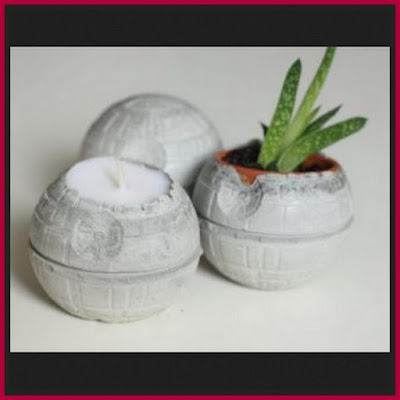VIOLAS AND PANSIES
In mild climates they both violas and pansies will bloom for most of the winter and they even rebound in the spring in cold climates. Technically they are annuals but they do drop seeds so they will come back in the spring. Pansies were actually derived from violas, so technically all pansies are violas but not all violas are pansies.
WINTER BERRY
The Winter Berry shrub is a deciduous holly, meaning it drops its leaves in winter. Make sure you also purchase the "male" pollinator plant so it will produce berries.
WINTER JASMINE
Winter Jasmine is a medium-sized shrub has long, arching branches and bright yellow flowers. Winter Jasmine is not fragrant, but it is striking in the otherwise dull landscape of late winter.
CYCLAMEN
Cyclamen prefer winter sun and summer shade, so plant them beneath deciduous trees. This flower is often sold as a houseplant, but in mild climates, cyclamens in shades of pink, white, lavender and fuchsia are used as a cheerful ground cover.
WITCH HAZEL
The Witch Hazel shrub boasts wispy-looking flowers on bare branches in February or March, long before much else is going on in your garden. Be sure to plant the winter-flowering variety because there are many different types.
CAMELLIA
Camellia is an evergreen shrub with lush white, pink, or red flowers that bloom from fall through winter. With hundreds of varieties, read the plant description or label to make sure you choose one that will bloom in winter.
GLORY OF THE SNOW
Glory of the Snow may through the snow in the coldest climates. They come in starry blues, pinks, and whites. They would look awesome in a rock garden or at the front of the border.
ENGLISH PRIMROSE
English Primrose are very dainty flowers and some of the earliest perennials to bloom in late winter to early spring, depending on where you live. With hundreds of types, be sure to choose one that can survive winters in your zone.
~
AND FINALLY THE POINSETTIA
The poinsettia is native to Mexico and Central America, where it grows in moist, wet, wooded ravines and on rocky hillsides. It was named for Joel R. Poinsett, who popularized the plant and introduced it to floriculture while he was U.S. minister to Mexico in the late 1820s. Cultivated varieties are available with white, pink, mottled, and striped bracts, but the solid red varieties, in several shades, remain in greatest demand during the Christmas season.
TAKING CARE OF YOUR POINSETTIA:
With proper care, your poinsettia will last through the holiday season and right into late winter. Play close attention to the following tips:
- Place in a room where there is bright natural light but not where the sun will shine directly on the plant.
- Keep the plant away from locations where it will receive hot or cold draughts.
- Place the plant high enough to be out of reach of unmonitored children and pets.
- Set the plant in a water-proof container to protect your furniture.
- Water the plant thoroughly when the soil surface is dry to the touch.
- Discard any excess water which remains in the saucer after 10 minutes.
LAST BUT NOT LEAST: Will poinsettia kill your cat if they eat it?
- Sap in poinsettia leaves is mildly toxic to pets (and children) and can cause vomiting, diarrhea, excessive drooling and nausea.
- In rare cases it can be fatal, but this is usually in young, elderly or dehydrated cats.
- Most pets don't eat nearly enough of the plant for this to happen.
- SO NO IT WONT BUT IT CAN MAKE FLUFFY REALLY SICK.





































